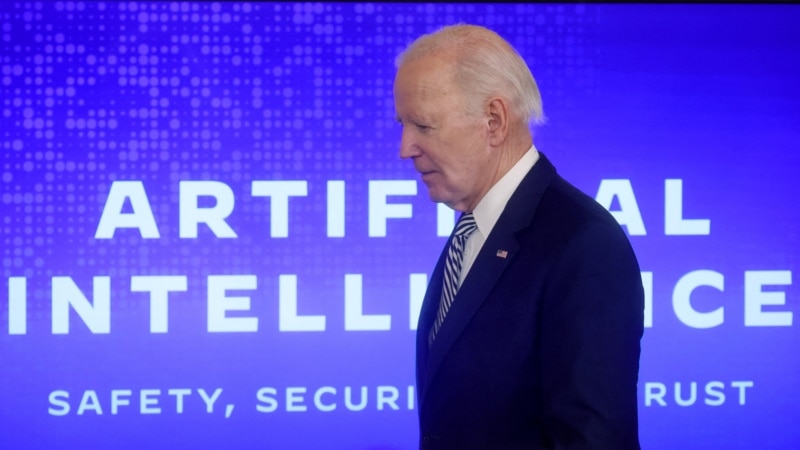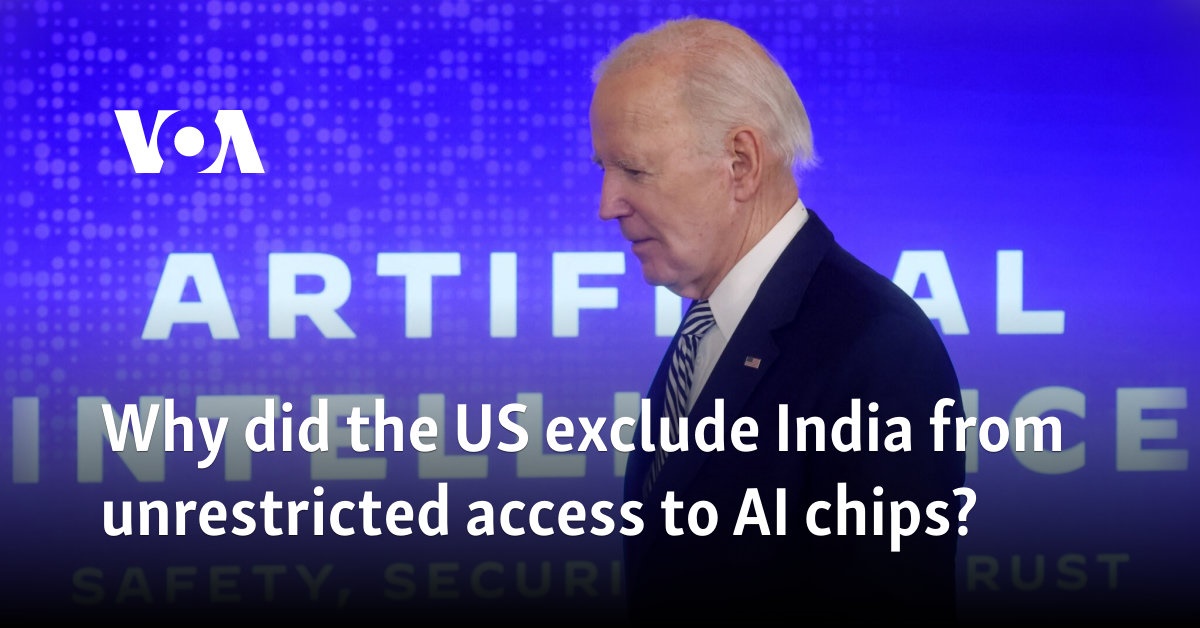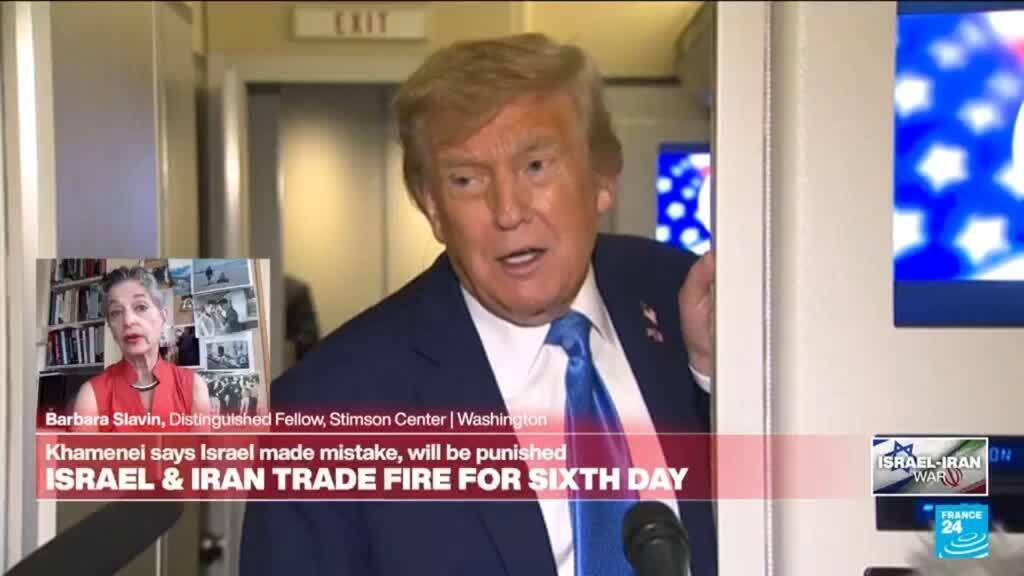
US President Joe Biden on Tuesday signed an executive order to boost the development of artificial intelligence infrastructure in the US. A day earlier, his administration announced sweeping measures to block access to the most advanced semiconductors by China and other adversaries.
But the US excluded India, its strategic partner in the Indo-Pacific, from the list of 18 countries allowed unrestricted access to advanced AI chips. Analysts say growing technology ties between the two countries could enable India to access advanced US AI chips in the future, but New Delhi’s existing ties with Moscow and the perception of a less robust technology regulatory framework have kept it off the top list. Got out of. ,
Boycott is no surprise
The Commerce Department’s policy framework divides the world into three categories. The first tier includes the US and 18 countries with unrestricted access, followed by a list of more than 100 countries that will be subject to the new cap on advanced semiconductors with individual exemptions. The third tier includes rivals such as China and Russia who face maximum sanctions.
India falls in the second category, with US allies like Israel and close friends like Singapore.
Bhaskar Chakraborty, dean of global trade at The Fletcher School of Law and Diplomacy at Tufts University in Massachusetts, said India’s relationship with Russia “keeps it out of the super safe category.”
India has had close relations with Russia since the Soviet Union supported its desire for independence from Britain. It maintained those relations during the Cold War, when the US sided with India’s rival Pakistan.
Scott Jones, a non-resident fellow at the Stimson Center think tank in Washington, highlighted recent reports accusing some Indian companies of aiding Russia’s war on Ukraine, but stressed that being left out was a disappointment. But this is “no blow to India.”
He also pointed to the perception that “India’s ability to control and manage technology is perhaps not as strong as is evidenced in some of the 18 countries.”
Although India may be off the unrestricted list for now, analysts say its growing technological cooperation with the US could protect it from some restrictions.
Richard Rossow, senior adviser and chair of India and Emerging Asia Economies at the Center for Strategic and International Studies in Washington, said the presence of caveats in the new framework will ensure India’s subsequent participation.
“The fact that they have announced that there will be a way for some countries to get exemptions above the standard threshold makes me think that India will be on the short list of those countries,” he said. VOA.
In early January, National Security Advisor Jake Sullivan traveled to India and met with Prime Minister Narendra Modi and other senior officials. During the visit, both sides reiterated their commitment to build a “Strategic Technology Partnership” and strengthen cooperation under the US-India Initiative on Critical and Emerging Technologies (ICET), a bilateral mechanism focused on technology partnership.
On semiconductors, the US is facilitating investment in India’s semiconductor manufacturing and enhancing R&D cooperation.
During his visit, Sullivan highlighted a $2.7 billion investment in India by US chip maker Micron to build semiconductor packaging facilities, which he expected would “establish India as a new hub in the global chip ecosystem.” Will contribute to doing.”
The Indian government is also investing billions of dollars through its dedicated programs India Semiconductor Mission and Production Linked Incentive Scheme.
Rossow argued that the Indian government would not have been “very surprised” that “he was not included in the list”.
The Stimson Center’s Jones agreed.
“Jake Sullivan was in New Delhi last week and I would be very surprised if he did not tell his Indian counterparts what was going to happen,” he said.
Ensuring America’s leadership in AI
The Biden administration has focused on the centrality of artificial intelligence to America’s security and economic strength. According to a White House fact sheet, the latest steps are part of an effort to prevent offshoring of this critical technology and ensure that “the world’s AI runs on American rails.”
From October 2022, the US government has imposed a series of export controls, blocking access of advanced semiconductors to China to prevent its use for military applications. While the measures initially adversely affected the Chinese semiconductor industry, Beijing has continued to advance its capabilities and attempt to close the technology gap.
According to Chakraborty of the Fletcher School, there are many challenges to the implementation of this comprehensive global strategy.
“From lobbying on behalf of US chipmakers that will begin as soon as Trump takes office, to potential leaks in a carefully calibrated list of countries. Will there be a secondary market? How will this affect where future data centers will be built?” he asked.
Jones of the Stimson Center argued that the policy is “more of a symbolic gesture than a practical consideration”, but a strict message to the rest of the world.
“The US is saying clearly, if you want to participate in the US-sponsored AI ecosystem, you have to choose now. You choose China or you choose us. You can’t have it both ways. Once you I can’t play against the other one. You have to choose,” he concluded.


